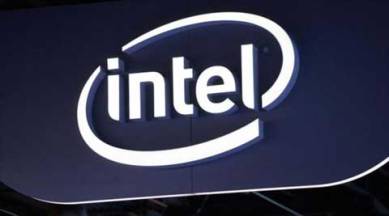Intel ties up with 100 academic institutions to push IoT in India
Intel plans to set up 100 IoT centers across academic institutions in a way to push the adoption of Internet of Things

Intel on Thursday said it hopes to see a trillion connected devices by the end of 2025, even as it said 85 per cent of the deployed devices in India were not connected. To push Internet of Things into the Indian mainstream, Intel has decided to collaborate with 100 academic institutions by setting up IoT centers. These IoT centers will get Galileo boards and RealSense kits to build product prototypes and develop software using RealSense SDK.
Speaking at the Intel India Academic Forum in New Delhi, held with the theme ‘A world with one trillion connected devices’, Intel India president Kumud Srinivasan said for over 15 years, Intel has been building an ecosystem in India which enabled innovation, research and skill development. “Seventy per cent of our Indian workforce is into research and development and our Indian workforce has achieved everything from designing silicon chips to software development,” she added.
monthly limit of free stories.
with an Express account.
While major tech companies have inclined themselves towards IoT, we are yet to see some real value product. Intel says it plans to initiate IoT curriculum development, though further details were not forthcoming.
Meanwhile, Intel is also extremely upbeat about its RealSense technology. Speaking to the media, Achin Bhowmik said, Intel’s Realsense 3D cameras are at the heart of Microsoft’s Windows Hello feature and he feels that with augmented reality, RealSense cameras and perceptual computing will gain momentum.
When asked about the field of view in context to augmented reality, Achin said Intel’s RealSense cameras have wider field of view and won’t be limited like in the case of Microsoft’s HoloLens. He later showed F200 and R200 RealSense camera modules. The F200 model is for close-range use and is now being used by Windows OEMs for deploying Hello feature in laptops and tablets running Windows 10. The R200 is for long-range use with a range of up to 4 meters.
With more and more devices getting connected, it’s equally important to see how cost of chips and memory devices turn affordable for academic institutions and young entrepreneurs to build their ideas.
Read more: Microsoft Hello to RealSense: How the password is being sent to a slow death